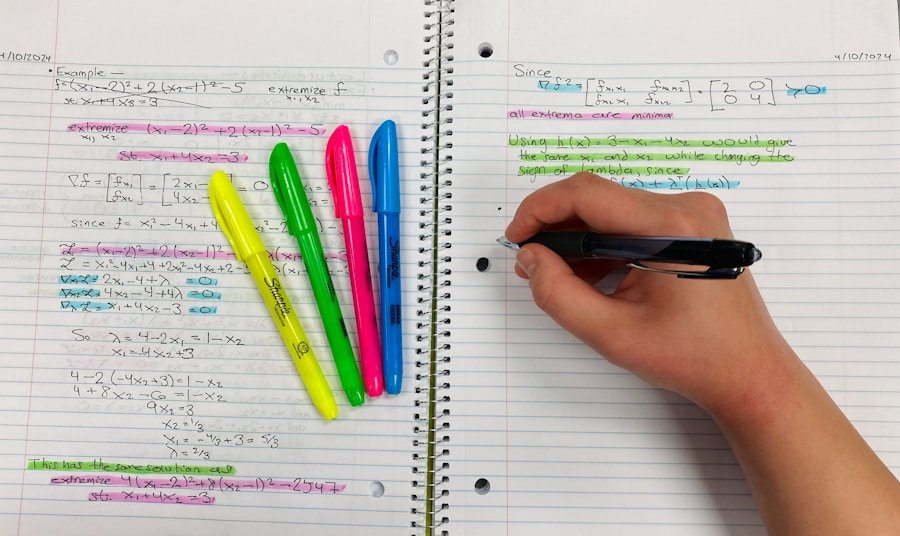Incorporating indoor plants into a child’s educational environment offers a unique opportunity to engage them in hands-on learning experiences that explore the natural world and scientific principles. By caring for indoor plants, children can develop an understanding of the plant life cycle, photosynthesis, and the importance of nurturing living organisms. This interactive approach not only fosters a sense of responsibility but also lays the groundwork for a lifelong interest in gardening, environmental science, and conservation.
The diverse range of indoor plants, varying in shape, size, and color, adds an exciting dimension to any learning space. From compact succulents to large, leafy species, the options are vast, allowing children to discover and appreciate the rich diversity of plant life. By exploring different types of indoor plants, children can develop a deeper understanding of the importance of preserving our natural environment and the interconnectedness of living systems.
Overall, introducing indoor plants to children can be a fun, educational, and enriching experience that cultivates a love for nature and science.
Key Takeaways
- Indoor plants can be a great way for kids to learn about nature and science in a hands-on way.
- Indoor plants can help improve children’s learning and development by providing a sense of responsibility and connection to nature.
- Some top indoor plants for kids to learn about and experiment with include spider plants, aloe vera, and succulents.
- Fun science experiments using indoor plants can include observing plant growth, learning about photosynthesis, and exploring the effects of different environmental factors on plant health.
- Teaching kids about plant care and responsibility can help instill important life skills and a sense of environmental stewardship.
Benefits of Indoor Plants for Children’s Learning and Development
Improved Air Quality and Health
Indoor plants can improve air quality by removing toxins and increasing oxygen levels, creating a healthier space for children to learn and play.
Teaching Responsibility and Empathy
Caring for indoor plants can teach children about responsibility and the importance of nurturing living things. This hands-on experience can help children develop empathy and compassion for the natural world.
Positive Impact on Mental Health
Furthermore, indoor plants can also have a positive impact on children’s mental health. Studies have shown that being around plants can reduce stress and anxiety, leading to improved overall well-being. By creating a calming and nurturing environment with indoor plants, children can feel more relaxed and focused, which can enhance their learning experience. Overall, the benefits of indoor plants for children’s learning and development are vast, making them an essential addition to any educational setting.
Top Indoor Plants for Kids to Learn About and Experiment With
There are several indoor plants that are perfect for kids to learn about and experiment with. One popular option is the spider plant, which is easy to care for and produces “spiderettes” that can be propagated into new plants. This provides an excellent opportunity for children to learn about plant reproduction and growth.
Another great option is the snake plant, which is known for its air-purifying properties and unique appearance. Children can observe the growth patterns of the snake plant and learn about its role in improving air quality. Succulents are also a fantastic choice for kids to learn about, as they come in a variety of shapes and sizes and require minimal maintenance.
Children can experiment with different types of succulents and observe how they thrive in different conditions. Lastly, the peace lily is a beautiful plant that is easy to care for and can teach children about the importance of watering and light exposure. These top indoor plants provide endless opportunities for kids to learn about plant biology and care.
Fun Science Experiments Using Indoor Plants
| Plant Name | Scientific Name | Watering Needs | Light Requirements | Growth Period |
|---|---|---|---|---|
| Aloe Vera | Aloe barbadensis | Low | Direct sunlight | Year-round |
| Spider Plant | Chlorophytum comosum | Moderate | Indirect sunlight | Year-round |
| Snake Plant | Sansevieria trifasciata | Low | Low light | Year-round |
| Pothos | Epipremnum aureum | Moderate | Low to medium light | Year-round |
Indoor plants provide an excellent opportunity for kids to conduct fun and educational science experiments. One popular experiment is observing the effects of light on plant growth. Children can place one plant in a sunny location and another in a darker area to see how light impacts the growth of the plants.
This experiment teaches kids about the process of photosynthesis and the importance of light for plant growth. Another exciting experiment involves testing different types of soil on plant growth. Children can plant the same type of seed in various soil types, such as potting soil, sand, and clay, to see how each soil affects the growth of the plant.
This experiment teaches kids about the importance of soil composition and its impact on plant health. Overall, indoor plants provide endless opportunities for kids to conduct hands-on science experiments that foster a love for learning and discovery.
Teaching Kids About Plant Care and Responsibility
Caring for indoor plants provides an excellent opportunity for children to learn about responsibility and nurturing living things. By assigning each child their own plant to care for, they can develop a sense of ownership and pride in their plant’s growth. Children can learn about the importance of watering, sunlight, and proper nutrition for their plants, teaching them valuable life skills that they can apply to caring for other living things.
Additionally, teaching kids about plant care can also instill a sense of empathy and compassion for the natural world. By understanding the needs of their plants, children can develop a deeper appreciation for the environment and the importance of preserving it. Overall, teaching kids about plant care and responsibility through indoor plants can have a lasting impact on their development and understanding of the natural world.
Incorporating Indoor Plants into STEM Education for Kids
Enhancing Scientific Understanding
By using indoor plants as a tool for teaching science concepts such as photosynthesis, plant biology, and environmental science, children can develop a deeper understanding of these complex topics. Indoor plants provide an excellent opportunity for children to conduct experiments and make observations that align with STEM principles.
Inspiring Future Careers
Incorporating indoor plants into STEM education can also inspire children to pursue careers in environmental science, botany, or agriculture. By exposing children to the wonders of plant life at an early age, they may develop a passion for these fields and seek out opportunities for further education and exploration.
Fostering a Love for Nature and Discovery
Overall, incorporating indoor plants into STEM education for kids provides a dynamic and engaging way to teach complex scientific concepts while fostering a love for nature and discovery. This approach can have a lasting impact on children’s educational journey, encouraging them to become curious, creative, and environmentally conscious individuals.
Tips for Creating a Kid-Friendly Indoor Garden
Creating a kid-friendly indoor garden is an exciting way to introduce children to the world of gardening and plant care. One tip for creating a kid-friendly indoor garden is to choose plants that are easy to care for and resilient, such as succulents or spider plants. These types of plants require minimal maintenance and are perfect for children to learn about plant care without feeling overwhelmed.
Another tip is to involve children in the process of selecting and caring for their plants. By allowing children to choose their own plants and take part in watering and nurturing them, they can develop a sense of ownership and pride in their garden. Additionally, creating a designated space for the indoor garden, such as a shelf or windowsill, provides a sense of organization and allows children to observe their plants’ growth over time.
Overall, creating a kid-friendly indoor garden provides an excellent opportunity for children to learn about plant care while fostering a love for nature and gardening. By following these tips, parents and educators can create an engaging and educational environment that sparks curiosity and creativity in children. In conclusion, indoor plants provide endless opportunities for children to learn about nature, science, and responsibility.
By introducing kids to indoor plants at an early age, they can develop a deeper understanding of the natural world while fostering important life skills such as empathy, responsibility, and critical thinking. Through fun science experiments, hands-on plant care, and STEM education, indoor plants offer a dynamic way to engage children in learning while nurturing their love for nature. Overall, incorporating indoor plants into a child’s learning environment provides countless benefits that can have a lasting impact on their development and understanding of the world around them.
FAQs
What are some benefits of having indoor plants for kids?
Indoor plants can help improve air quality, reduce stress, and provide a hands-on learning experience for kids about nature and science.
What are some easy-to-care-for indoor plants for kids?
Some easy-to-care-for indoor plants for kids include spider plants, pothos, snake plants, and succulents.
How can kids use indoor plants in science experiments?
Kids can use indoor plants to learn about photosynthesis, plant growth, and the water cycle through simple science experiments such as observing plant growth in different conditions or testing the effects of light and water on plant growth.
What are some educational activities kids can do with indoor plants?
Kids can learn about plant anatomy, plant life cycles, and the importance of plants in the environment through activities such as dissecting a plant, growing plants from seeds, and creating a terrarium.
Are there any indoor plants that are toxic to kids or pets?
Yes, some indoor plants such as pothos, philodendron, and peace lilies can be toxic to kids and pets if ingested. It’s important to research and choose non-toxic plants when introducing indoor plants to kids.




